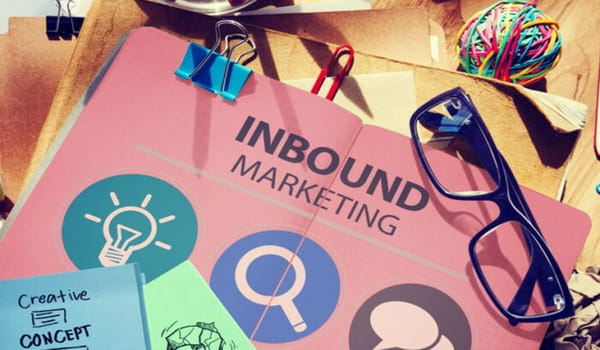
The term “Inbound Marketing” defines a strategic approach that in recent years has revolutionised the way marketing is done by putting the user/customer at the center.
Literally, the term “Inbound” means “lead to self”: an Inbound Marketing strategy is in fact focused on creating quality content designed to attract the attention of the potential customer to the company’s products/services.
The objective of such a strategy is, in fact, at the first stage, to attract the attention of potential customers in order to transform them later and naturally into customers, establishing a real relationship that, starting from the knowledge of what are their real needs, takes the form of providing them with content and information that can help them, and then ends with the actual purchase.
Unlike more traditional advertising campaigns, inbound marketing campaigns thus respond to pull logic, aimed at naturally matching user searches with the company’s offerings.
An Inbound Marketing strategy, thus involves the articulation of several steps that we can summarise as follows.
- Attract: this is the phase whose main goal is to attract visitors to the website and involves various activities ranging from content marketing to social media marketing activities, from ADS campaigns to SEO activities (just to name a few).
- Convert: follows on from the first phase of attraction, the one related to unveiling users. Now users accessing the site have the opportunity to download in-depth resources and information of interest in exchange for the information and contact data they release. This is the phase when the anonymous visitor becomes a lead and the various profiling strategies aimed at collecting more and more data and information aimed at devising strategies to personalise the customer experience are activated.
- Close: The lead generation and profiling activity, of course, paves the way for the next phase envisaged by the inbound model, which is that concerning the possibility of transforming the lead into a customer.
The relationship between potential customer and company that was structured in the previous stages finds fulfillment here. Through lead nurturing strategies, personalised workflows, the user who has registered becomes a customer. The purchase of the product and service no longer responds to a logic of aggressive promotion, but results as the natural outcome of a lead engagement process. - Delight: the path to customer loyalty, which is rooted precisely in this change of perspective, finds fulfillment in the final phase envisaged by the inbound methodology. Being able to guide and accompany the user toward a purchase through content and offers in line with their needs and interests has allowed the brand to become a point of reference for the user. A real relationship of trust is created such that the customer becomes the promoter.
An inbound marketing strategy involves two basic pillars:
- content: useful, informative, not self-referential, content is essential not only to attract the user, but also to accompany the user throughout the entire workflow, progressively transforming the user from an anonymous user to a lead, to a loyal customer;
- context: it is important that the content provided to the user is consistent with the user’s browsing path and interests and needs, so always keep in mind the context in which it is provided.
As can be easily guessed, in an inbound marketing strategy, the contribution of marketing automation plays a crucial role.

